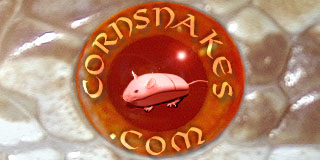Well you must realize that unlike snakes- dogs have been bred for hundreds of years- and also unlike snakes, people sought to make dogs bigger/smaller or otherwise very physically different from the original wolf.
The morphs revolve around defects in pigmentation, nothing more- people do not encourage the growth of physically different snakes but focus on coloration which should not effect or cause any given morph susceptibility to diseases.
Amelanistic cornsnakes' eyes are more sensitive, so direct sunlight is best avoided- but other than that, there's no difference between one snake to another.
As for sex-related ailments, well that depends if you plan to breed your snake- females naturally are far more vulnerable on that regard because they are the ones to form, carry and lay the eggs...
Other than that, it's pretty much the same- simply make sure you get your snake from a reputed breeder and know exactly what you are getting
